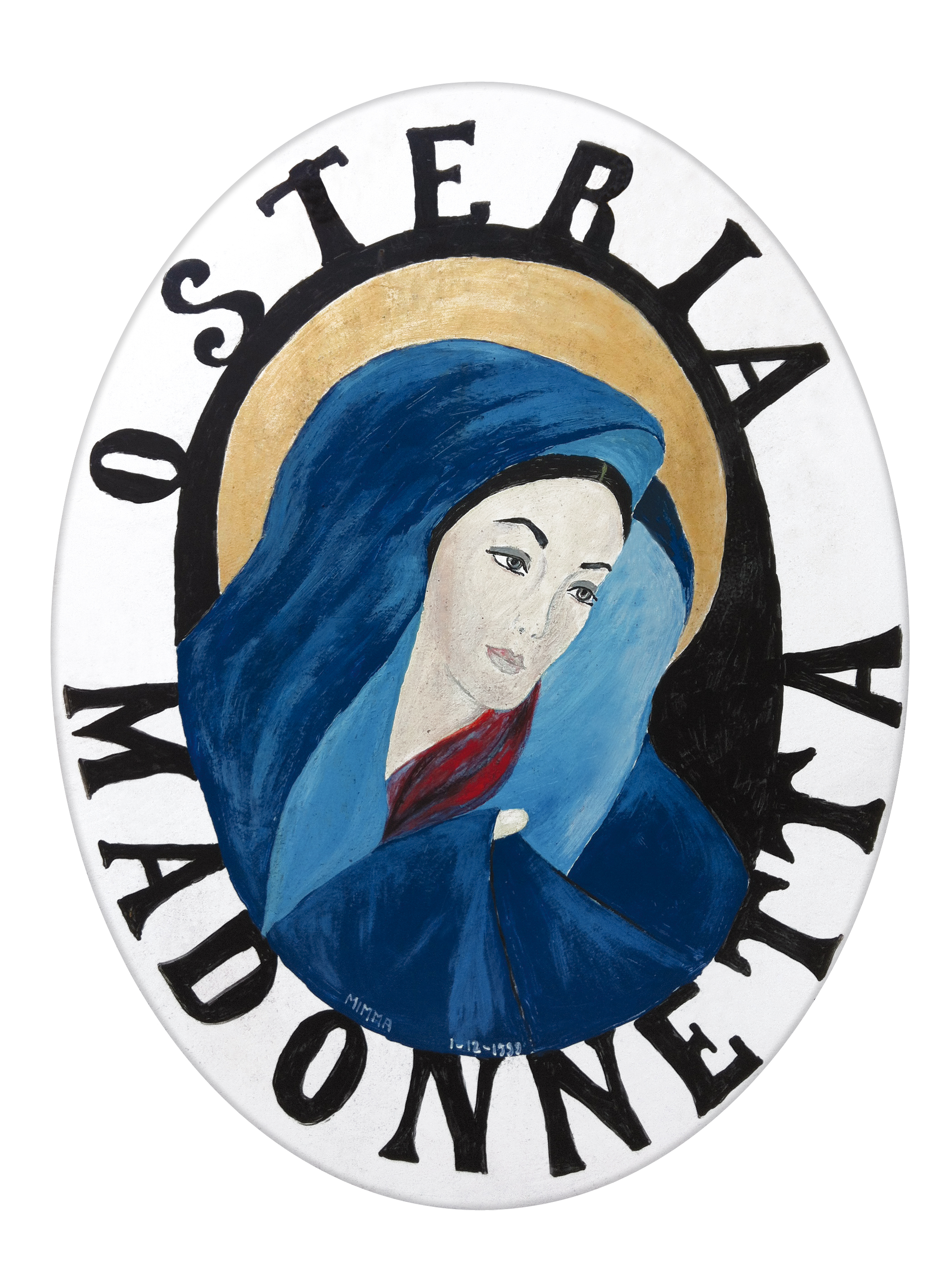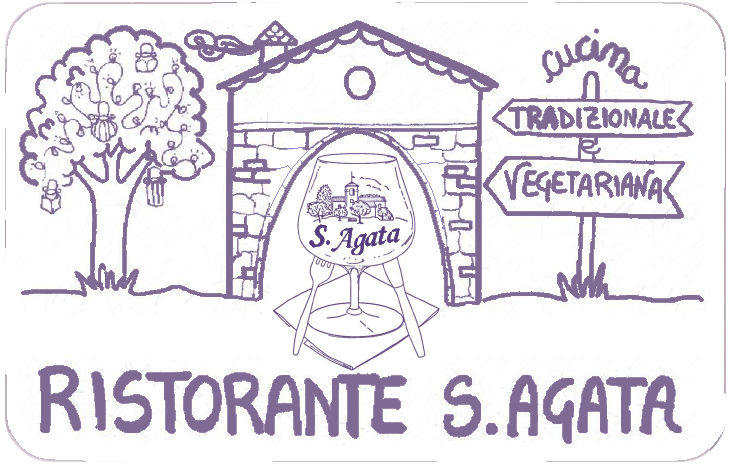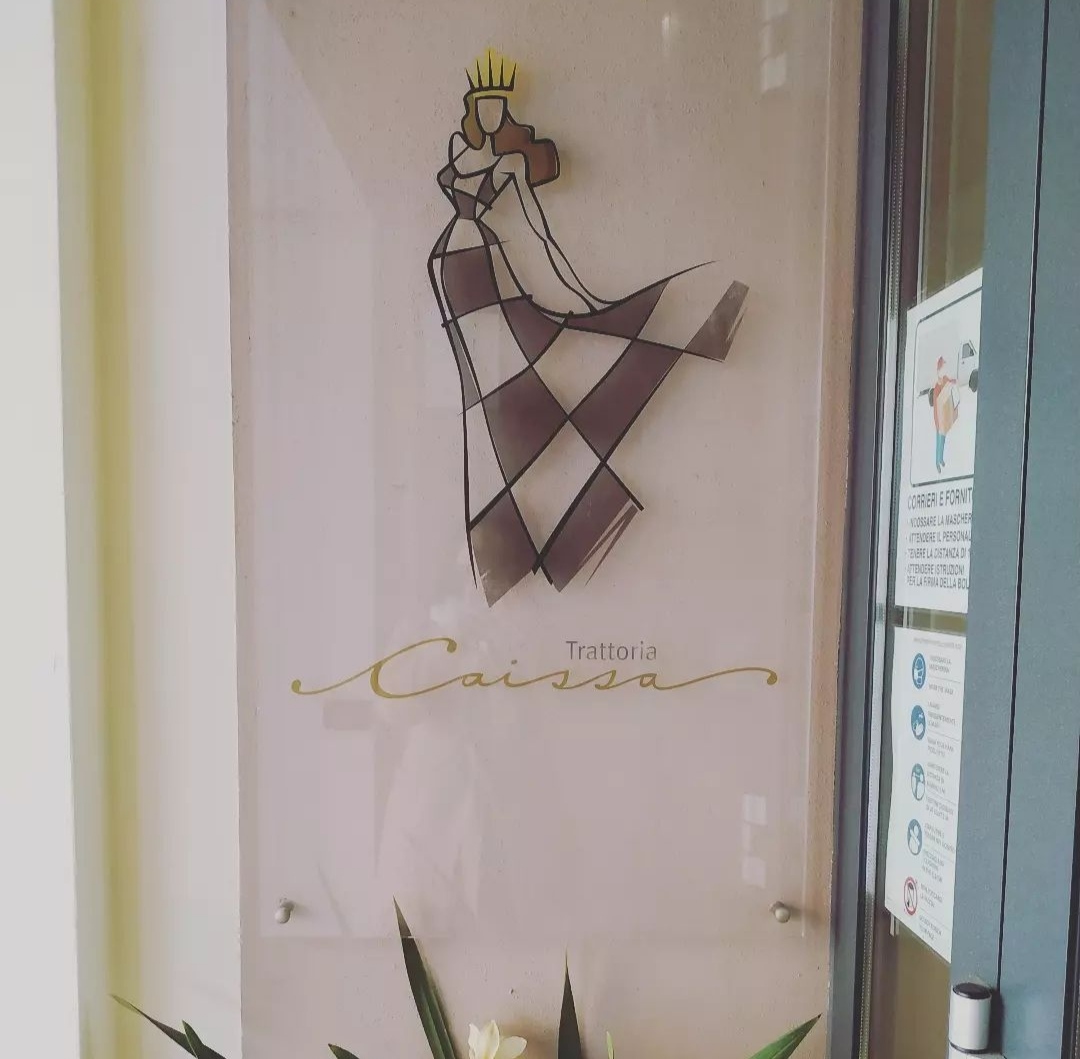To live in Saint Benedetto Hills










The San Benedetto Hills are thus named in memory of an ancient Benedictine convent that unfortunately no longer exists today. They are located along hiking route no. 2 "From the ancient convents to a jewel of nature: the Dark Gorges", one of the most evocative in our territory. Along the route walkers become immersed in stretches of lush forest alternating with long rows of vines and olive trees planted on terracing that follows the sinuous lines of the hill.
FORMER CHURCH AND MONASTERY OF SAN BENEDETTO
The first reference to these buildings is in the will of a some Zilio, who left a limosina di soldi cento, i.e. a charity donation to these institutions, in 1253. Later, the punctual visits of the bishops of the diocese of Padua, who controlled the monastery, document its state of preservation and its economic situation. In 1488, Bishop Pietro Barozzi ascertained that no traces of the monastery were left and that the church had fallen into an advanced state of decay. In the second half of 1500 the Church ceased to belong to the Benedictines and it was handed over to the Bianchis, a Venetian noble family, who had it reconstructed. Two brothers from the family, Gerolamo and Cornelio Bianchi, carried out the works. For a significant part of the year they lived in the villa north-west of the borough of Borgo Giara, while two of Cornelio’s daughters were nuns in the Augustinian Monastery of San Gottardo.
In 1571, Ormanetto, Bishop of Padua, on his pastoral visit to Church of Santa Maria Assunta also visited the Oratory of San Benedetto, after it had been rebuilt by the Bianchi brothers who had converted it into their family chapel. Cornelio Bianchi had his tombstone placed here in 1557. It is nowadays preserved in the cloister of the Church of Saint Anthony the Abbot. At the end of the ministry of the last rector, Giuseppe Bonomo, appointed in 1776, the church gradually began to decline. It was deprived of its goods and transformed into a dwelling in the second half of 1800s.
To love
Titolo di questa sezione correlata
To visit
This point of interest is part of
To live
Events
Accomodations
-
Hotel Europa
Viale Stazione, 5/A - Marostica
Vedi i dettagli -
Hotel Due Mori
Corso Mazzini, 73/75 - Marostica
Vedi i dettagli -
Villa Cecchin Guesthouse
Via Gianni Cecchin, 69 - Marostica
Vedi i dettagli -
Suite Parolin
Corso Mazzini, 142 - Marostica
Vedi i dettagli -
Campana Suites
Viale Stazione, 32 - Marostica
Vedi i dettagli -
A Casa mia
Via Ca' Brusà, 23 - Marostica
Vedi i dettagli -

Borgo Castello
Via C.Battisti, 15 - Marostica
Vedi i dettagli -
Palazzo Sedea
Via Sedea, 14 - Marostica
Vedi i dettagli -
Retrò
Via Ravenne, 36 - Marostica
Vedi i dettagli -

Agriturismo Ca' Tres
Via Nonis, 48 - Marostica
Vedi i dettagli -

Agriturismo Al Filò
Via S. Agata, 1 - Marostica
Vedi i dettagli -
Agriturismo Corte del Maso
Via Sedea, 17 - Marostica
Vedi i dettagli -
B&B Maria
Via IV Martiri 21 - Marostica
Vedi i dettagli -
Marostica Bright Apartment
Via Callesello delle Monache 1 -Marostica
Vedi i dettagli -

Cà Tres
Via Nonis, 48 - Marostica
Vedi i dettagli -

Al Filò
Via S. Agata, 1 - Marostica
Vedi i dettagli -
Brave Wine- Società agricola Srl (ex Diesel Farm)
Via San Benedetto, 2 - Marostica
Vedi i dettagli -
Al Mulino
Via Gobbe, 60 - Marostica
Vedi i dettagli -

L'Angelo e il Diavolo
Piazza Castello, 41/A - Marostica
Vedi i dettagli -

Madonnetta
Via Vajenti, 21 - Marostica
Vedi i dettagli -
Scaligera
Via Montello, 68/a - Marostica
Vedi i dettagli -
Panic Jazz Club
Piazza Castello, 42 - Marostica
Vedi i dettagli -
Ristorante cinese Oriente
Via G. Cecchin, 20/b - Marostica
Vedi i dettagli -
Da Bastian
Via Gobbe, 10/a - Marostica
Vedi i dettagli -
Da Rossi
Via Consagrollo, 69 - Marostica
Vedi i dettagli -

Sant'Agata
Via S. Agata, 9 - Marostica
Vedi i dettagli -

Caissa
Corso Mazzini, 104 - Marostica
Vedi i dettagli -
Al Sole
Via Fondati, 3 - Marostica
Vedi i dettagli -
All’Angelo d’Oro
Viale Montegrappa, 20 - Marostica
Vedi i dettagli -
Casa Bistrot
Via Marsan, 61 - Marostica
Vedi i dettagli -
Dalla Zita
Via Cà Brusà, 5 - Marostica
Vedi i dettagli -
Ristorante Cuori
Corso Mazzini, 73/75 - Marostica
Vedi i dettagli
